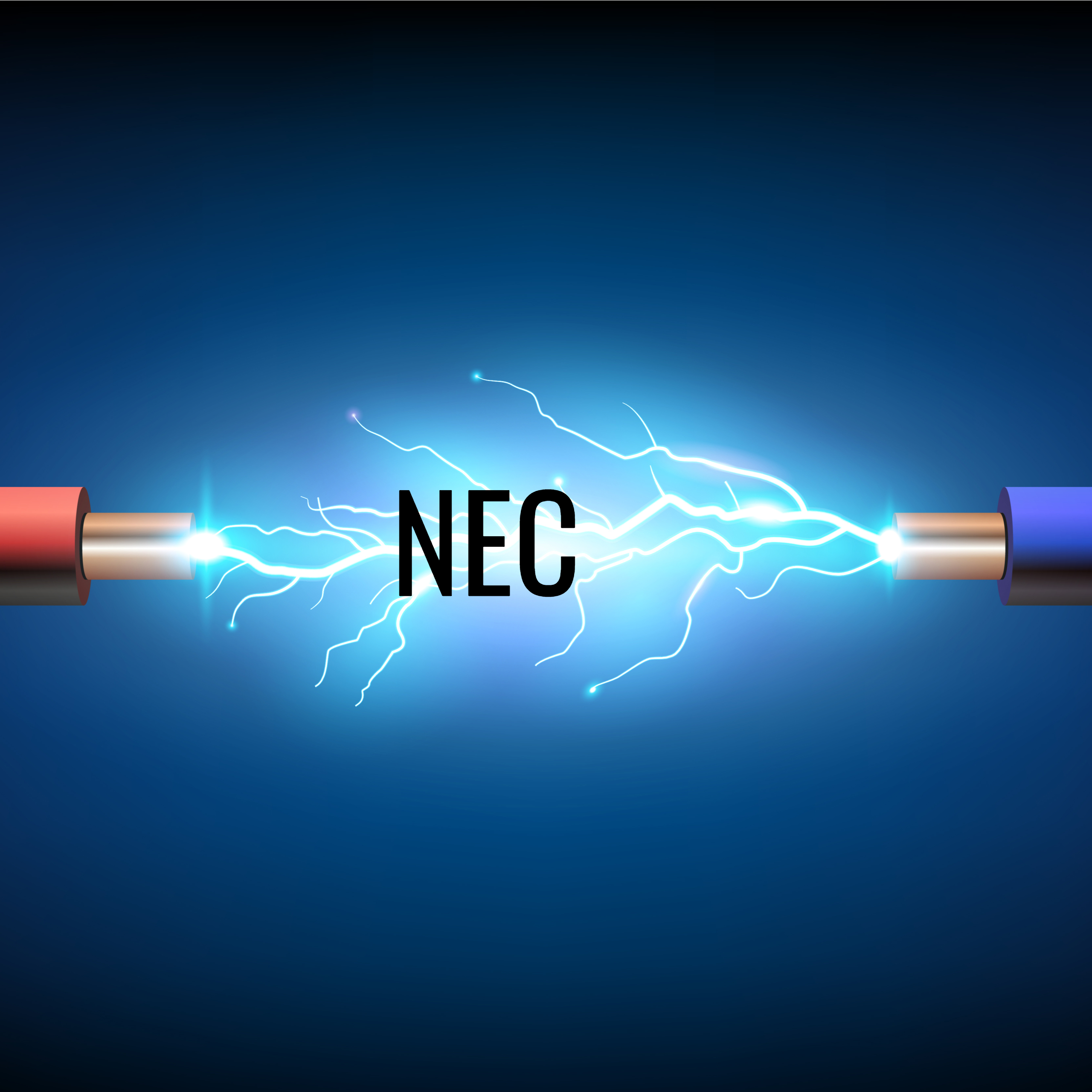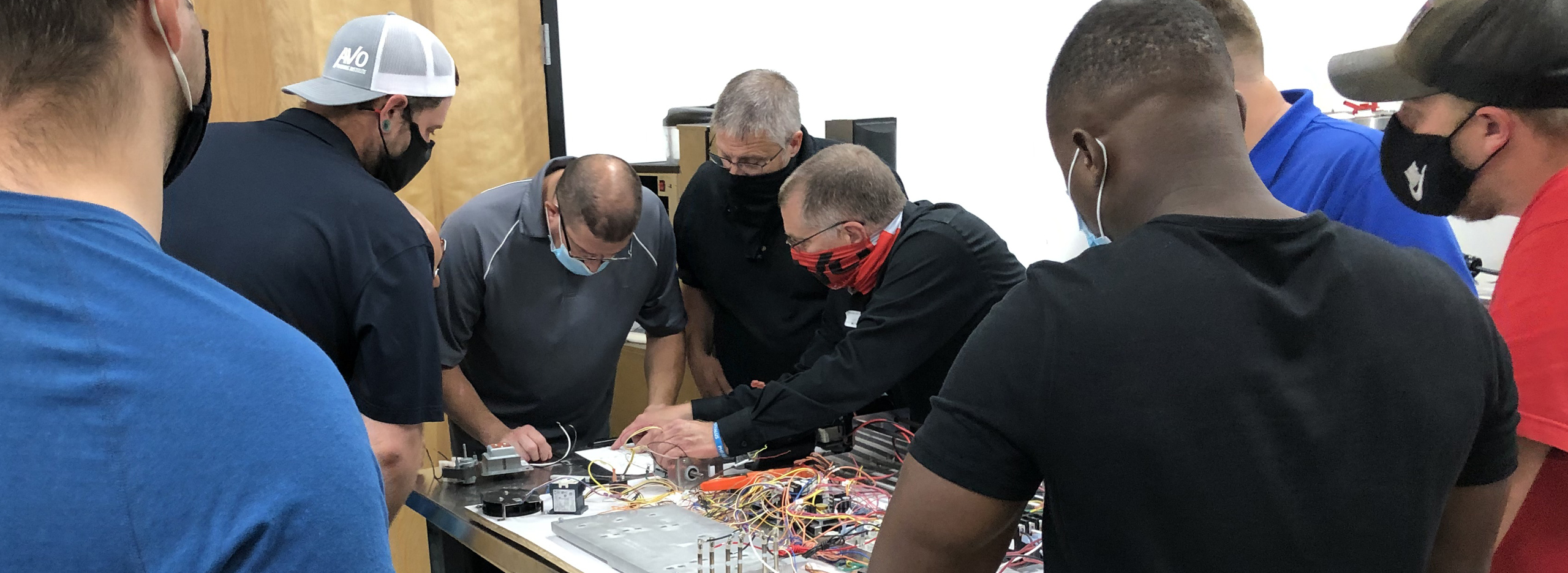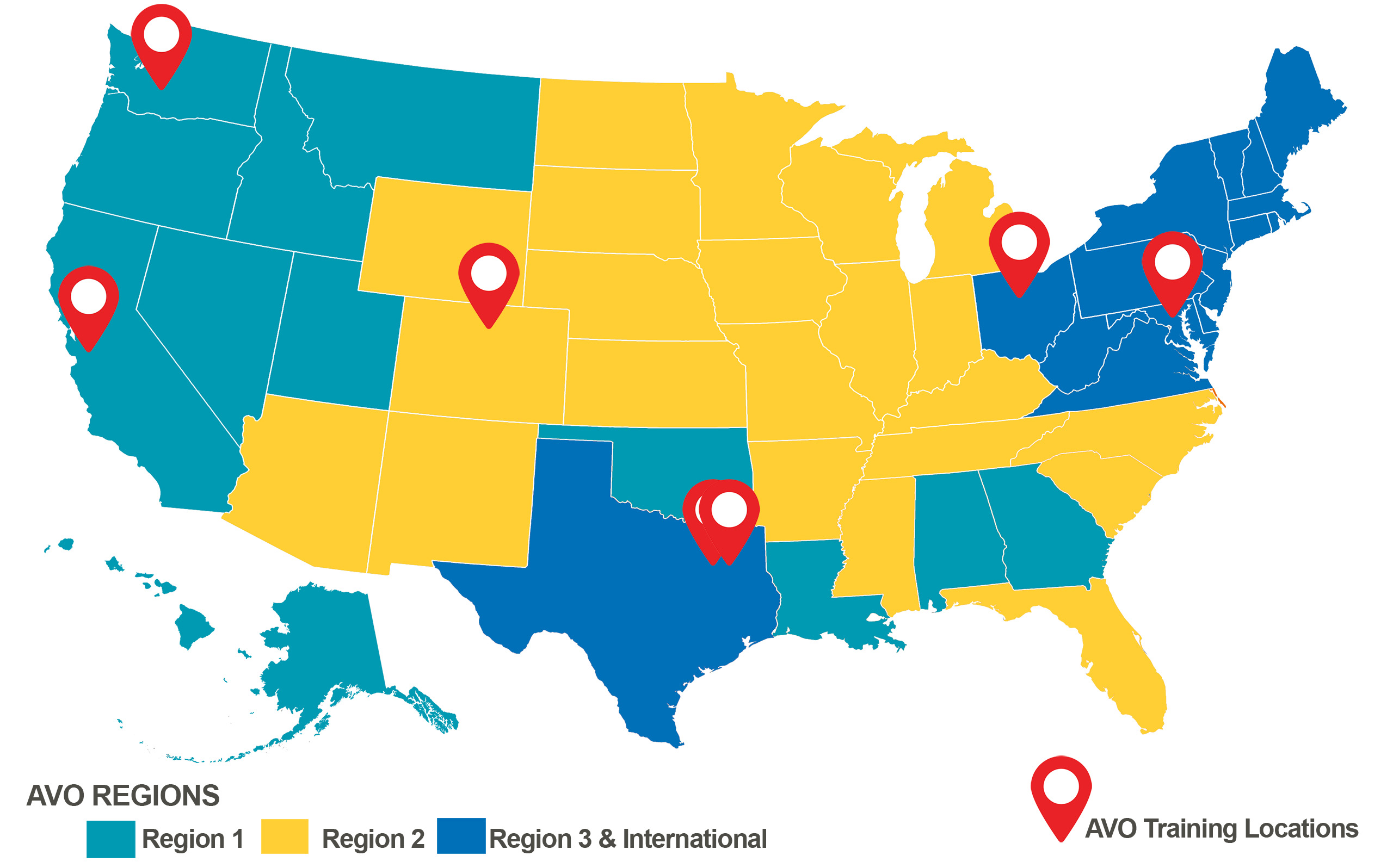Gold Standard in Electrical Safety & Electrical Maintenance Training, since 1963
See our Electrical Training Courses | Get a Quote
Endorsement Partners
AVO is a NETA Corporate Alliance Partner.
AVO is also an IACET-accredited company.
IMPORTANT NOTE: AVO CEUs can be converted to NETA CTDs.
Click to learn more.
AVO Training Institute | Electrical Safety & Maintenance
AVO Electrical Training
Safety | Maintenance | Substation | Renewables, including Solar Systems and Wind Generation
About Us
What is AVO?
Electrical Safety and Maintenance Safety Training. For 60 years, AVO Training Institute has helped thousands of people in over 100 different countries across the world, create safe and reliable electrical systems. AVO empowers employees to do their work safely, effectively and go home to their families at the end of their workday. As part of each Live Virtual or In-Person, Hands-on course, students perform tasks in equipment labs supervised by some of the most talented and experienced electrical instructors in the industry. AVO's own Graphics Designer Travis King refreshed our logo to depict the ever-evolving passion, energy, enthusiasm and honor WE (at AVO) feel as industry leaders these last six decades.
Learn MoreWhat We Provide
Comprehensive Training
Grow Your Career
Electrical Certifications
All Certifications
Improve your JOB SKILLS and CAREER PATH with one or more of our 12 CERTIFICATION programs
Learn More | RegisterNever Stop Learning
AVO Resources
AVO provides continuing education with the latest vocational information. Explore our resources to expand your knowledge.
EVERYTHING YOU NEED
AVO Services & Information
Quizzes
Test Your Knowledge
These short quizzes will help you assess your knowledge of electrical safety and maintenance. The test questions are random so feel free to retake as you like.



































